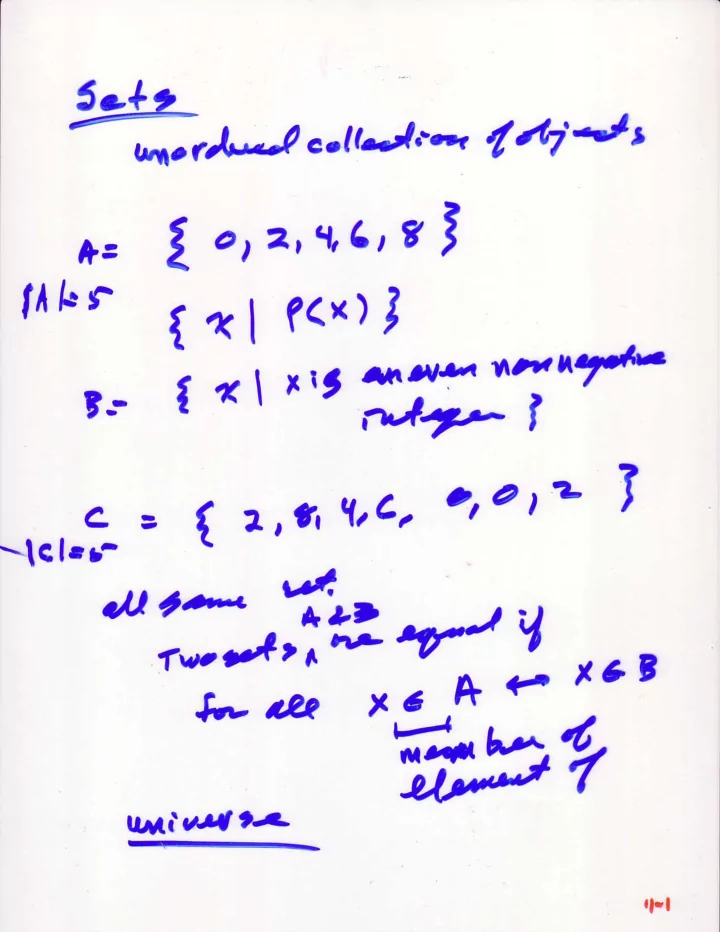

5o(s rlr'-l e.ltelt-t ( 4 a t G. ft= e at7,'l,L,g7 fllsr lql f("), B-- l*I rt9W:,',o^/{ z T c = € T r t t I r C , o ' a t \ -{clrr- vttl dt C* '*;r':t|dV -\rp l 3 ? 'rh {r- tZ ? ta- ttiltu*{ 'f-l
G(ll rc*t % {. I t'ql, rtt d= * r,utl I t a + t 0 l + 1 7 0 7 7 lA t C*v.lmr.-L(Z "* 7 dtl,r..r. t2 l0t=" t I t 1 I l = ts S = SnbuI l e E if reA +J-.- ft+B E ; V ff-L
& s + V K A e t s t"*r.I6.-'- *ct= A ? E lrclzf'h'l A A s +.tl A tf ]te #'-r+ A 0 c ?a'**. *7 t, Scnl t a l e e f t 7 = I A : { l , z , ' 7 ,r^C tl $"7 trt ; , 00)' t .7 7 ,12 t t.et)l latil : r lt'.a- 7
t l t x e t A | , c x B A N lr I x t t e A v x G r D ) B 3 F v v = r l o l - l A n D l lAl 1 f t , I I earl I e"r. J,vptt 4 f l n 9 -, , - t x l * c f r o ' - t 1 4 s l A - 9 a - A n B ,E 3 l x l x l n) u-'l
t * l : 7 \ B(n) lf I a'^ ?o4 ' b7 tusl**v* -Jrt4 lc" ?o)il +, )' 1 o(4 t* t ?(+) I ze=l i,.d qrr1vt- @ wlnr#^ - ert ;;.b y' a'-':<'*l'+ a tA l4l t nlt 2 o a f t W 4 *n'-la. A a a/rt7 B r q . t 'l';) wce)t'?'- - "dal) "E'? a t. IrY{;''lj
q(ir) - fib)l c(i)l- I t | lu 7l 4 c"^1.7..,, I A 0 ) { -l() g(r) a. | I est I 2, zhr, = -i4 r
L24 2 I Basic Structures: Sets, Functions, Sequences, and Sums TABLE I Set Identities. Identity Name A 0 A : A Identity laws : A A C I U A U U : U Domination laws A i , 0 : A A U A : A ldempotent laws A i t A : A : (A): A Complementation law A U B : B U A Commutative laws A f i B = B | : ' A A U ( B U C ) : ( A U B ) u C Associative laws A n @ . c ) : ( A n B ) n c A n ( B u c ) : ( A n B ) u ( A n c ) Distributive laws A u ( B n c ) : ( A u B ) n ( A u c ) A U B : A ) B De Morgan's laws A n B : E v E A U ( A n B ) : A Absorotion laws A n ( A u B ) : A A U A : U Complement laws A f \ T : A EXAMPLEg Let 1:la.-e,i,o,uj (where the universal set is the set of letters of the English al bet). Then A : {b, c, d, g, j, k, y, h, l, m, k, p, e, r, s, t, x, y, z}. w, -f, EXAMPTE 9 Let A be the set of positive integers greater than l0 (with universal set the set of all integers). Then [: 10}. {1,2,3,4,5,6,7,8,9, Set Identities Table I lists the most important set identities. We will prove several of these identities using three different methods. These methods are presented to illustrate that there are many different approaches to the solution of a problem. proofs The of the remaining idenl will be left as exercises. The reader should note the similarity between these set identities the logical equivalences discussed in Section l.2.Infact, the set identities given can be directly from the corresponding logical equivalences. Furthermore, both ire special c identities that hold for Boolean algebra (discussed in Chapter 11). One way to show that two sets are equal is to show that each is a subset of the other. that to show that one set is a subset of a second set, we can show that if an element the first set, then it must also belong to the second generally set. We use a direct proof to do we illustrate this type of proof by establishing the second of De Morgan3 laws.
a [ * l x + G ' l ) l u'E A = { r l " ( x G A v ' ) ' t/c?) I r i *i'r(x'A ?- -'t*\{t&r)n"Ucl)l -"( ntl+gl '- trxl'(tR *egl -' ?xl' refr'A F n E = 1 > . c f x \ - - A n E il-q
Recommend
More recommend